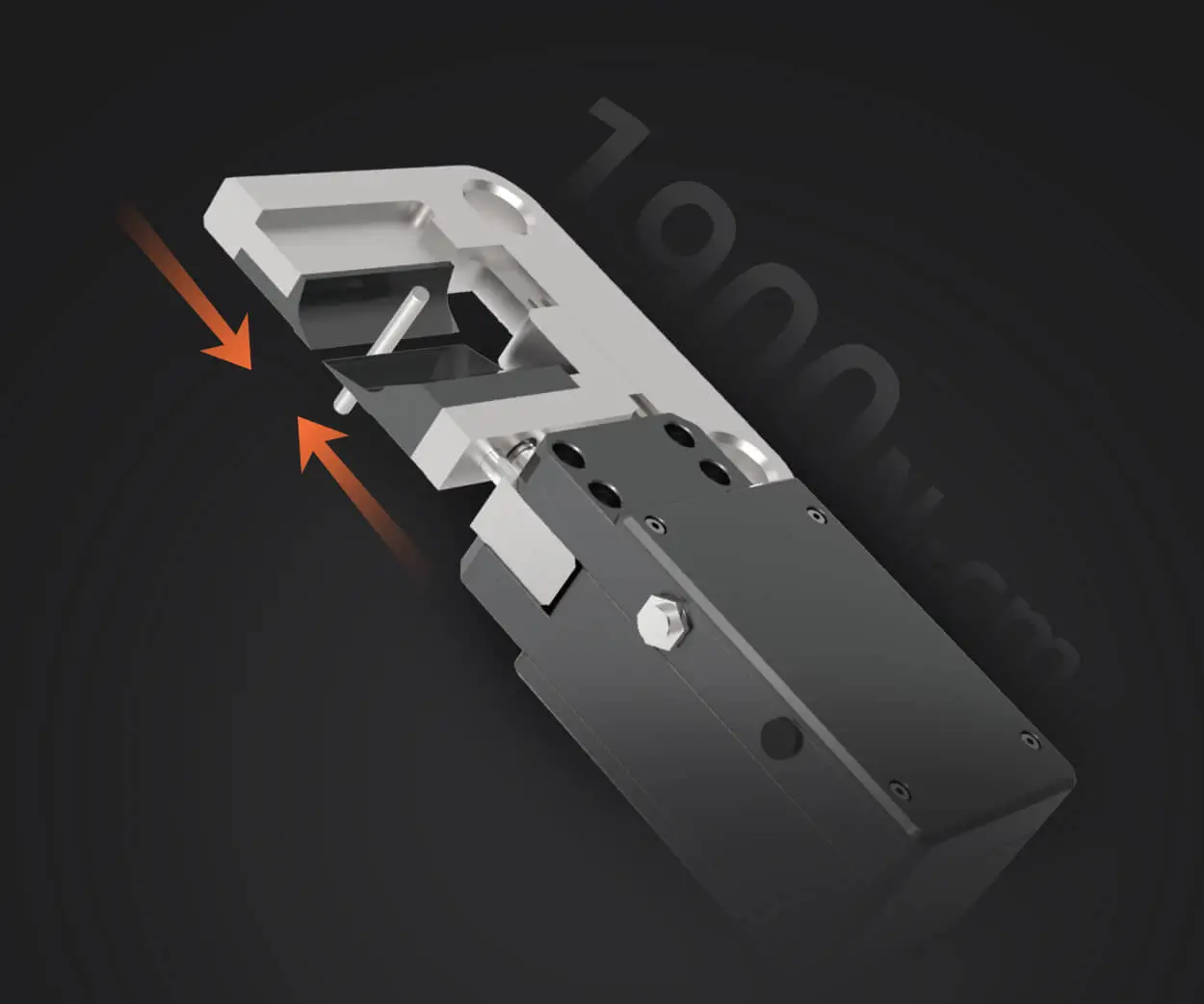Unleashing Creativity: Controlling Two Servo Motors with Arduino
Imagine a robot arm gracefully picking up objects, a camera gimbal stabilizing with flawless precision, or even a surprisingly nimble small vehicle performing intricate maneuvers. Behind many of these marvels lies a fundamental yet powerful component: servo motors. When paired with an Arduino microcontroller, these tiny motors become the heart of countless innovative projects, enabling precise movement and automation.

Why Control Two Servos?
While controlling a single servo is straightforward, managing two introduces new dimensions of complexity and possibility. Dual servo control allows for synchronized actions—think of a humanoid robot’s arms, a robotic pan-tilt camera system, or a bipedal walker. It adds realism and flexibility, opening doors for richer robotic designs.
Understanding Servo Motors
Before diving into the setup, it’s helpful to understand what servo motors are:
What are servo motors? They're small, precise motors designed to rotate to a specific angle based on control signals, typically Pulse Width Modulation (PWM).
How do they work? Servo motors receive a PWM signal, where the width of the pulse determines the position of the motor shaft. They often have built-in feedback mechanisms, enabling accurate control.
Common specifications: Voltage ratings (usually 4.8V–6V), torque, speed, and range of rotation (commonly 0-180 degrees).
Getting Started: Hardware Requirements
To control two servo motors with Arduino, you'll need:
An Arduino board (Uno, Mega, Nano, etc.) Two servo motors (standard hobby servos) Jumper wires Breadboard (optional, for organized wiring) Power supply (if your servos draw more current than the Arduino can supply) Resistors, if necessary (for signal protection)
Step 1: Circuit Design
The circuit design is straightforward:
Connect the servo signal wires to Arduino digital PWM pins (commonly pins 9 and 10). Connect servo power (usually red) and ground (black or brown) to a suitable power source. For small servos, the Arduino's 5V and GND pins may suffice, but larger servos might require an external power supply to prevent overload.
Sample wiring:
Servo 1: Signal pin to Arduino pin 9, power to external 5V or Arduino 5V, GND to common GND. Servo 2: Signal pin to Arduino pin 10, power to external 5V, GND to common GND.
Caution: Servos can draw significant current, and powering them directly from the Arduino may cause resets or damage. It’s often best practice to use an external power supply for the servos, with common ground connected to the Arduino.
Step 2: Software Environment
Download and install the Arduino IDE if not already installed. The code utilizes the built-in Servo library, which simplifies servo control.
Driving Your Servos: Writing the Arduino Code
Here’s how you can program your Arduino to control two servos:
#include // Create servo objects Servo servo1; Servo servo2; // Define pins const int servoPin1 = 9; const int servoPin2 = 10; void setup() { // Attach servos to pins servo1.attach(servoPin1); servo2.attach(servoPin2); } void loop() { // Move servos to 0 degrees servo1.write(0); servo2.write(0); delay(1000); // Wait 1 second // Move servos to 90 degrees servo1.write(90); servo2.write(90); delay(1000); // Wait 1 second // Move servos to 180 degrees servo1.write(180); servo2.write(180); delay(1000); // Wait 1 second // Move servos back to 0 degrees smoothly for (int pos = 0; pos <= 180; pos += 5) { servo1.write(pos); servo2.write(pos); delay(50); } for (int pos = 180; pos >= 0; pos -= 5) { servo1.write(pos); servo2.write(pos); delay(50); } }
This code performs simple movements, but you can expand it for more sophisticated control patterns. For example, creating synchronized movements, bouncing, or following a curve.
Fine-tuning Movements
Speed control: Since servos move at different speeds, you can control how quickly they reach targets by adjusting delay times. Synchronization: To make a more realistic movement—say, mimicking a bicep curl—you can coordinate position changes with precise timing.
Practical Applications and Enhancements
Pan and Tilt Camera System: Use one servo for panning (left-right) and the other for tilting (up-down). Modify the code to respond to sensors or remote commands. Robotic Arms: Implement complex sequences, adding sensors or feedback mechanisms. Remote Control Projects: Incorporate Bluetooth or Wi-Fi modules for remote servo control.
Power Management Tips
Small servos are usually manageable via Arduino's 5V pin, but larger or multiple servos demand external power supplies. Always ensure grounds are connected to establish a common reference. Use capacitors across the power supply lines to smooth voltage fluctuations.
Troubleshooting Common Issues
Servo jitters or doesn't move: Check power connections, ensure sufficient power supply, and verify code correctness. Servo moves erratically: Avoid drawing power directly from Arduino; use an external supply. Inconsistent positions: Remove code delays or implement smoother motion algorithms.
Next Steps and Experimentation
Once you understand how to control two servos, the possibilities multiply:
Combine sensor inputs for reactive movements. Program complex sequences or shapes. Integrate with obstacle avoidance or AI modules. Design interactive or autonomous robots.
Wrapping Up
Controlling two servo motors with Arduino is a foundational skill that opens doors to a world of robotics and automation projects. With a little hardware setup, some code, and creative thinking, these tiny motors can be orchestrated into intricate, lifelike movements or functional mechanisms.
In the next phase, you can explore adding more servos, integrating sensors, or creating custom controllers to elevate your projects further. The key is curiosity and experimentation. So, power up your Arduino, connect your servos, and watch your ideas come to life with fluid, synchronized movements.
Leveraging innovations in modular drive technology, Kpower integrates high-performance motors, precision reducers, and multi-protocol control systems to provide efficient and customized smart drive system solutions.




































